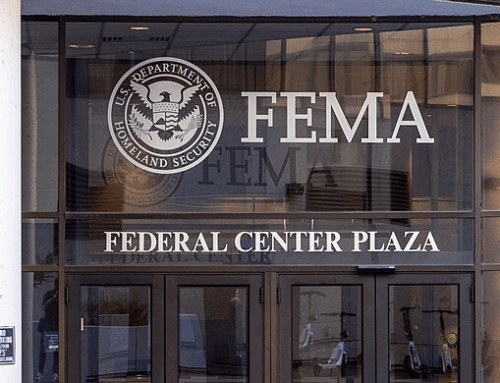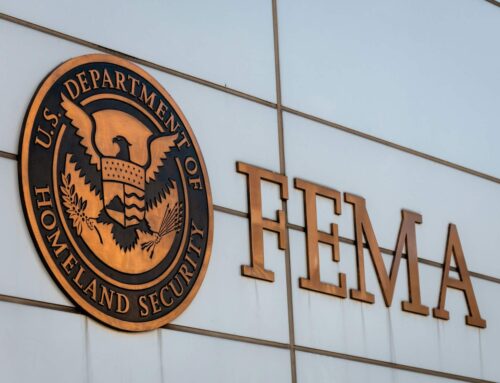The COVID-19 pandemic represented a crisis for the United States, unprecedented in scale for at least 100 years, triggering a vast federal response. From public health initiatives to economic relief measures, the federal government mobilized resources on an extraordinary scale to combat the virus and mitigate its impacts. Central to these efforts was the Federal Emergency Management Agency (FEMA), tasked with coordinating and funding numerous aspects of the nation’s response. However, as the pandemic unfolded, it became clear that FEMA’s processes for estimating financial obligations were strained, revealing significant gaps and inefficiencies that must be addressed for future crises.
FEMA’s process for estimating its obligations for major disasters, including the unprecedented COVID-19 pandemic, involves aggregating expected expenditures for each program across all affected states, Tribes, and territories. Despite this systematic approach, FEMA failed to meet its accuracy goal for COVID-19 obligations in any fiscal year from 2021 through 2023. This shortfall highlights significant issues in FEMA’s estimation processes and underscores the urgent need to identify and document lessons learned to improve future responses to catastrophic events. Certainly, by the end of the pandemic, FEMA should have been able to estimate costs more accurately.
FEMA’s estimation process for COVID-19 obligations is comprehensive. It begins at the regional level, where staff gather projected spending data and update regional spending plans weekly. These regional plans are then consolidated into a national spending plan, which includes annual and monthly baseline estimates. FEMA continuously refines these estimates throughout the year, comparing them to baseline figures to track accuracy.
The COVID-19 disaster incident period, the time when affected entities could receive payment for disaster-related costs, occurred from January 20, 2020, until May 11, 2023. To date, FEMA has obligated $125.3 billion from the DRF, of which $103.6 has been expended. By the end of fiscal year 2024, FEMA estimates that it will have $141.3 in total obligations and $171.6 billion in total by the end of FY 2026, which is how far out it currently projects costs to continue. Compare those numbers to the original FEMA estimate of $17.6 billion, which, in hindsight, represents only 9% of the total projected final cost. To be fair to FEMA, very few policymakers initially expected the federal response to the COVID-19 pandemic to last three years (fifteen days to slow the spread, anyone?), but that does not mean that there are not lessons to be learned for how to handle future disasters. It is in everyone’s best interest for FEMA to be transparent regarding their mistakes, learn from them, and enable policymakers to respond better to disasters in the future.
FEMA aims for its actual obligations to fall within 10 percent of the annual estimate by the end of the fiscal year, both for individual disasters and for the Disaster Relief Fund (DRF) overall. However, the agency did not meet this goal for COVID-19 in any fiscal year from 2021 through 2023. Several challenges impeded FEMA’s ability to estimate COVID-19 obligations accurately:
- Frequent policy changes, such as adjustments to available programs and eligibility rules, increased funding requirements beyond initial estimates. For instance, the reimbursement rate for Public Assistance projects was raised from 75 percent to 100 percent, significantly altering cost projections.
- The pandemic’s unique nature, involving patient care and public health measures rather than physical damage, made cost estimation particularly challenging. This complexity was compounded by the need to duplicate benefits reviews and variations in state and local responses.
- COVID-19 marked the first time FEMA used the DRF to respond to a nationwide public health emergency involving 59 major disaster declarations. This scale was unlike any previous disaster, further complicating the estimation process.
Despite these challenges, FEMA has not identified or documented lessons learned from its experience with COVID-19. This omission is problematic for several reasons.
Without a formal review and documentation of lessons learned, FEMA is not well-positioned to adapt its estimation processes for future catastrophic disasters. This gap could lead to repeated inaccuracies and inefficiencies in managing federal disaster funds.
Federal internal control standards emphasize the importance of timely reviews and updates to policies and procedures following significant changes. Given the increasing demands on the DRF, accurate cost estimation is crucial to ensure sufficient funding for disaster response and recovery. Identifying and documenting lessons learned from the COVID-19 response is essential for improving FEMA’s preparedness for future catastrophic events.
FEMA is responsible for responding to crises. Without a doubt, their most important role is coordinating the federal response to disasters in a manner that assists the most affected people in the most efficient way possible. This is not to say, however, that all fiscal planning can be discarded. As natural disasters become more costly due to climate change and the threat of another pandemic or other disaster remains plausible, FEMA must ensure that its funding structures can provide thorough and accurate assessments of cost so that policymakers can be accurately informed about how to ensure that FEMA has the money to complete its mission and taxpayers aren’t hit with funding surprises years later.










